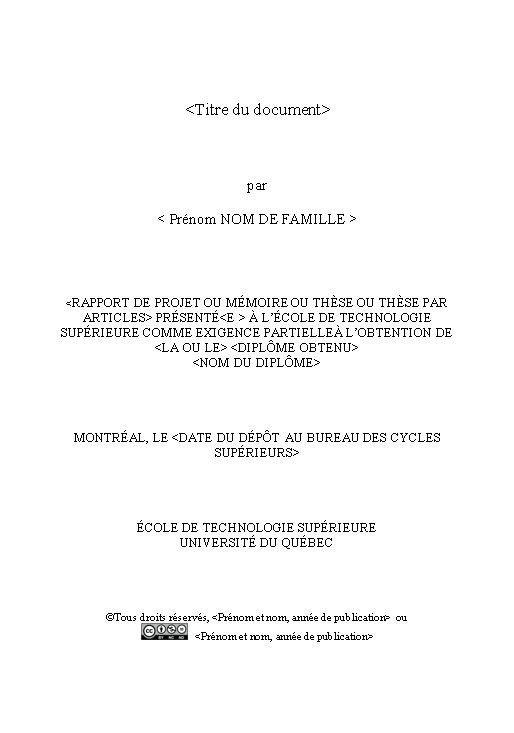BIM-driven computational design for robotic manufacturing in off-site construction: an integrated approach from design to manufacturing (DtM)
Abstract
As the digitization of the architecture, engineering and construction (AEC) industry accelerates, digital technologies and their relationship with design and construction are reaching a new level of complexity. Data integration becomes the quest for ad hoc digital tools, and workflow automation gains momentum. These global developments are forcing the built environment to implement radical changes in the way construction projects are designed and produced. In this context, Building Information Modeling (BIM) has gained momentum in design practices thanks to its ability to frame construction workflows in a digital environment. On the other hand, interest in robotized manufacturing (RM) for industrialized production has grown considerably, thanks to the potential it offers for improving productivity. However, the joint use of BIM and MR in construction has not yet been sufficiently studied in the scientific literature. What’s more, each system is characterized by its own proprietary software and file formats, implying a lack of technological interoperability between the BIM-RM dyad.
This paper-based thesis studies the operationalization of robotics in construction. More specifically, she is studying the technological integration of BIM and RM tools to operationalize industrial robots in construction systems. The literature review first showed that such integration is possible thanks to digital design (CD) tools. It also showed that off-site construction (OSC) is an appropriate system
Project results
Project contributions
Publications
Publications from this project are available below:
Awards
The student responsible for this project received the following awards:
Research team
The project team :
Team
The project team
Thesis
Final project publication :
Partners
This project was supported by :
Similar research
Explore our research in more depth by exploring these related studies and resources:



